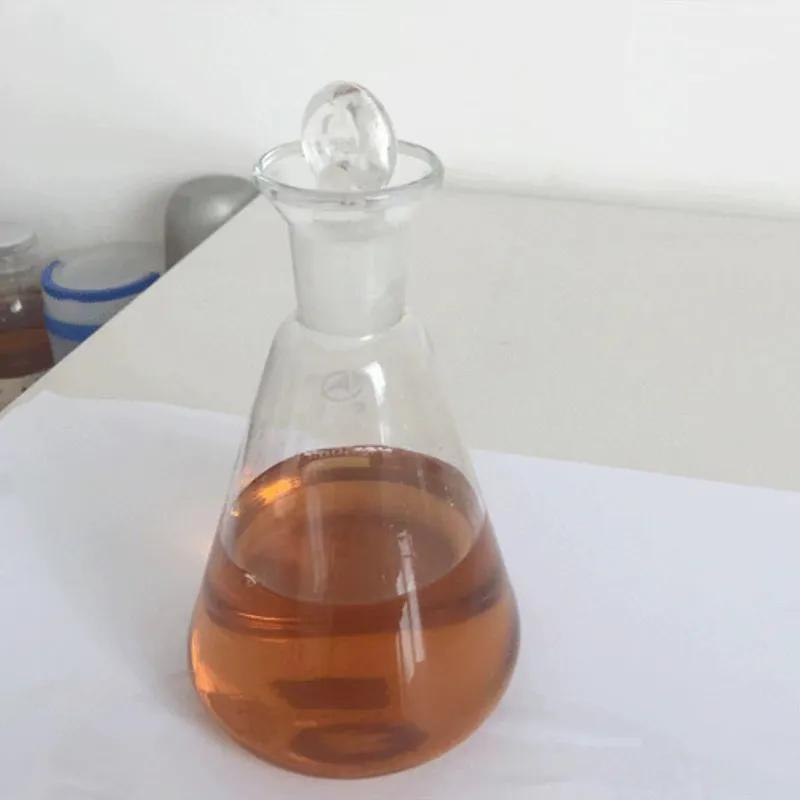
e 471 emulsifier
Understanding E471 Emulsifier A Comprehensive Overview
In the world of food production and processing, emulsifiers play a vital role in enhancing the texture, stability, and longevity of various products. Among the numerous emulsifiers used in the food industry, E471 is one of the most common and widely recognized. This article aims to provide a detailed understanding of E471 emulsifier, including its source, function, applications, safety, and regulatory status.
What is E471?
E471 is the code assigned to mono- and diglycerides of fatty acids, which are derived from the glycerol backbone and fatty acids. These compounds are known for their emulsifying properties and are primarily used to stabilize mixtures of oil and water, which are typically not easily blended due to their differing polarities. E471 can be sourced from both animal and vegetable fats, making it a versatile ingredient in various applications.
Functions of E471
The primary function of E471 is its emulsifying capability. Emulsifiers like E471 work by reducing the surface tension between two immiscible substances (such as oil and water), allowing them to mix more uniformly. This property is particularly important in products such as margarine, salad dressings, and mayonnaise, where a stable and homogenous texture is desirable. In addition to emulsification, E471 also aids in preventing the separation of ingredients, enhancing the overall mouthfeel, and extending the shelf life of food products.
Applications of E471
E471 is extensively used across a wide range of food products. Some of the common applications include
e 471 emulsifier

1. Baked Goods In pastries, cakes, and bread, E471 helps improve texture and moisture retention, leading to a softer and fresher final product. 2. Dairy Products In ice creams and other dairy items, E471 contributes to creaminess and prevents the formation of ice crystals, ensuring a smooth consistency.
3. Confectionery Candy and chocolate manufacturers utilize E471 to improve the stability of the products and enhance mouthfeel.
4. Convenience Foods Ready-to-eat meals and sauces often contain E471 to ensure a consistent texture and prevent ingredient separation.
Safety and Regulatory Status
E471 is generally recognized as safe (GRAS) by various food safety authorities around the world, including the Food and Drug Administration (FDA) in the United States and the European Food Safety Authority (EFSA) in Europe. Extensive studies have evaluated its safety, and it is considered safe for consumption in specified amounts. However, as with any food additive, individuals with specific dietary preferences or restrictions—such as vegans, vegetarians, or those with allergies to animal products—should note that E471 can be derived from both plant and animal sources.
Conclusion
In conclusion, E471 emulsifier plays a fundamental role in the food industry, acting as a stabilizing agent that enhances the texture and shelf life of various products. Its versatility, safety, and effectiveness make it a popular choice among food manufacturers. However, like all additives, it's essential for consumers to be aware of its sources and implications, particularly for those with dietary restrictions. As our understanding of food science evolves, E471 continues to contribute to the innovation and improvement of food products, enhancing our culinary experiences while ensuring quality and stability.
-
Aluminum Hydroxide: Quality Gels & Dried Gel AntacidNewsAug.31,2025
-
Buy High-Quality Trichloroisocyanuric Acid for Sale | TCCA 90% SupplierNewsAug.30,2025
-
Pure Sodium Dichloroisocyanurate Dihydrate | Powerful DisinfectantNewsAug.29,2025
-
Industrial Chemicals: Quality & Purity for Every IndustryNewsAug.28,2025
-
Nitrile Rubber Honoring Strict Production StandardsNewsAug.22,2025
-
Aspartame Ingredients Honoring Food Safety ValuesNewsAug.22,2025
-
Fertilizer for Balanced Plant NutritionNewsAug.22,2025
Hebei Tenger Chemical Technology Co., Ltd. focuses on the chemical industry and is committed to the export service of chemical raw materials.
-

view more DiethanolisopropanolamineIn the ever-growing field of chemical solutions, diethanolisopropanolamine (DEIPA) stands out as a versatile and important compound. Due to its unique chemical structure and properties, DEIPA is of interest to various industries including construction, personal care, and agriculture. -

view more TriisopropanolamineTriisopropanolamine (TIPA) alkanol amine substance, is a kind of alcohol amine compound with amino and alcohol hydroxyl, and because of its molecules contains both amino and hydroxyl. -

view more Tetramethyl Thiuram DisulfideTetramethyl thiuram disulfide, also known as TMTD, is a white to light-yellow powder with a distinct sulfur-like odor. It is soluble in organic solvents such as benzene, acetone, and ethyl acetate, making it highly versatile for use in different formulations. TMTD is known for its excellent vulcanization acceleration properties, which makes it a key ingredient in the production of rubber products. Additionally, it acts as an effective fungicide and bactericide, making it valuable in agricultural applications. Its high purity and stability ensure consistent performance, making it a preferred choice for manufacturers across various industries.





